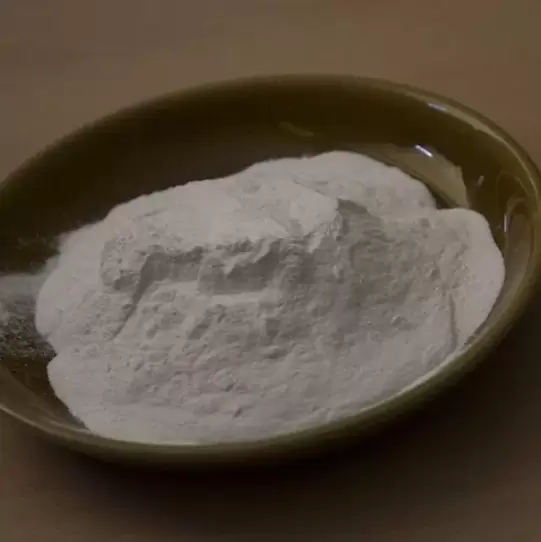Fumaric acid or trans-butenedioic acid, is a white crystalline chemical compound widely found in nature. Fumaric acid is a key intermediate in the tricarboxylic acid cycle for organic acid biosynthesis in humans and other mammals. Fumaric acid is also an essential ingredient in plant life.
When used as a food additive, the hydrophobic nature of fumaric acid results in persistent, long lasting sourness and flavor impact. The versatile compound also decreases the pH with minimal added sourness in products with pHs greater than 4.5. Its low molecular weight gives fumaric acid more buffering capacity than other food acids at pHs near 3.O.
Because of its strength, less fumaric acid is required when compared to other organic food acids, therefore reducing costs per unit weight.
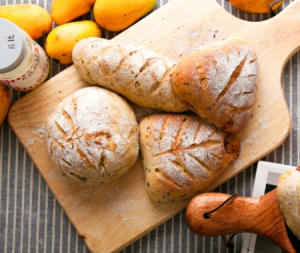

Fumaric acid has been used in food and beverage products since 1946. It is currently used in wheat and corn tortillas, sour dough and rye breads, refrigerated biscuit doughs, fruit juice and nutraceutical drinks, gelatin desserts, gelling aids, pie fillings and wine. Food research shows that Fumaric acid improves quality and reduces costs of many food and beverage products. It is also used in animal feed.
Breads
Fumaric acid acts as an instant flavoring agent for rye and sourdough breads. Fumaric acid is added to dough ingredients during the dry blending step. Flavor intensity is easily controlled by the amount of Fumaric acid added to the recipe. In English muffins, Fumaric acid significantly increases porosity. Dough machinability is improved and more sourness is provided per unit weight.
Fruit Juice Drinks
Fumaric acid provides more sourness per unit weight than other acidulants used in fruit juice drinks. This substantially reduces the acidulant cost. In fruit juice drinks, Fumaric acid provides more buffering capacity than other acidulants when the pH is near 3.0. Using fumaric acid helps to stabilize the pH of a fruit juice drink, which in turn stabilizes color and flavor.
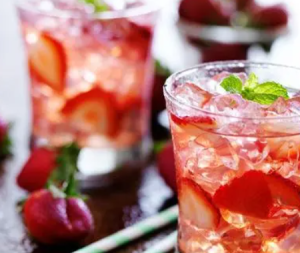

Wine
Fumaric Acid can economically acidify wine with no detectable difference in flavor. The replacement ratio of three pounds of fumaric acid to five pounds of Citric acid can significantly reduce acidulant cost. Fumaric acid also prevents secondary fermentation after bottling and can act as a clarifier when low concentrations of copper and iron are present.
Confectioneries
Fumaric acid extends the shelf life of acid coated candies because it does not absorb moisture during storage and distribution. Maintaining a low moisture level retards sucrose inversion. Acidulant cost is also reduced as fumaric acid provides more sourness per unit weight than other acidulants used in dry form.
Jellies and Jams
Fumaric acid can cut food acid costs when used as an acidulant for jams, jellies and preserves. As little as two pounds of fumaric acid can be used to replace every three pounds of Citric, Malic or Tartaric acid. At the 2:3 replacement ratio, fumaric acid does not produce significant differences in gel strength or pH.
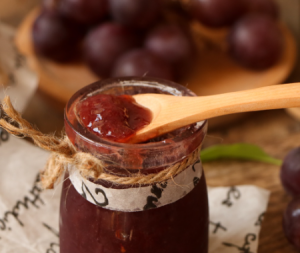
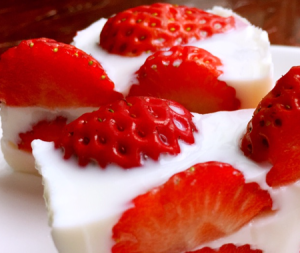
Alginate Based Desserts
Fumaric acid is an economical acidulant that liberates calcium. It improves smoothness and optimizes setting times. Also, the non-hygroscopicity of fumaric acid means that dry dessert mixes remain free flowing, even in high humidity. Fumaric acid can be added directly to dry dessert mixes during the manufacturing process without causing degradation of flavor ingredients because of its non-hygroscopic nature.
Gelatin Desserts
Fumaric acid significantly reduces acidulant costs in gelatin desserts. Depending on the product recipe, each pound of Citric acid can be replaced with 0.6 to 0.7 pounds of fumaric acid. Reducing moisture pick-up improves flavor stability and lengthens shelf life. Fumaric acid maintains non-caking and free-flowing qualities. By keeping the moisture content low, fumaric acid helps to maintain the stability of flavor components and markedly decreases inversion of sucrose in the packaged dry mix. It may also be possible to use less expensive packaging if other moisture-sensitive ingredients are not being used in the product formulation. Fumaric acid also increases gel strength, so food processors may reduce normal gelatin content by about 2%.



